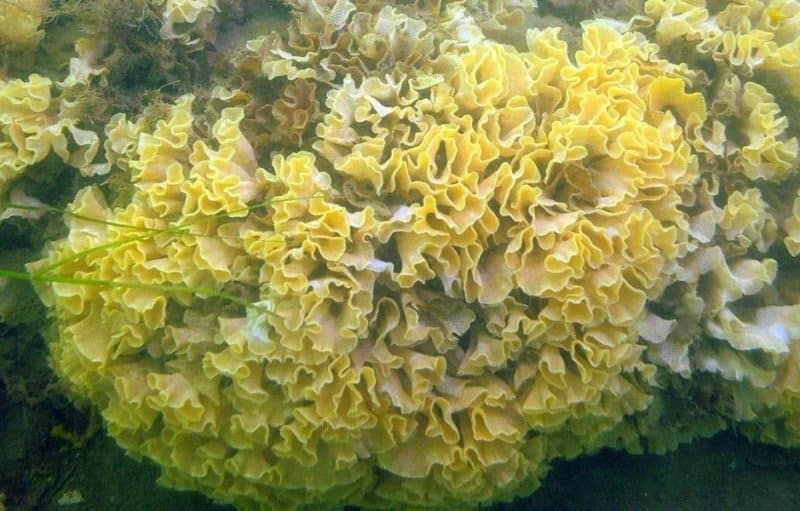PARK WATCH Article December 2021 |
Campaigner Shannon Hurley explains how the state government’s draft marine and coastal strategy disappoints.
When over 80 per cent of Victoria’s marine life is unique to our waters, the primary strategy in which decisions are made for its management needs to be impressive.
Unfortunately, the draft Marine and Coastal Strategy released in August this year falls well short.
The Victorian National Parks Association has worked for years to guide policy-makers to better protect Victoria’s marine and coastal environment with a more striving, forward-thinking, evidence-based and comprehensive approach.
These efforts culminated in the creation of Victoria’s Marine and Coastal Policy, released in 2020 as a 15-year vision for a “healthy, dynamic and biodiverse marine and coastal environment that is valued in its own right, and that benefits the Victorian community, now and in the future”.
This strategy is supposed to bring the policy’s vision to life – to be where the wind hits the sails to deliver forward momentum. The actions, timelines and responsibilities it sets out should be ambitious enough to protect Victoria’s watery world above and below the surface. This includes all the weird and wondrous critters that call our state home, including the Grey Side-gilled Sea Slug, the Brain Ascidian, the bryozoan reefs and Elephant Fish. And to protect our own human future and how we interact with and depend on these ecosystems.
We were pleased to see the draft strategy include a central focus on Traditional Owner rights and obligations, and climate adaptation and response. But it is not nearly bold enough and does not set the broader agenda to address the range and depth of threats impacting our marine and coastal environment. Many actions cater for a ‘business as usual’ approach and what already has funding or political commitment.
Significant issues in the draft strategy include:
- Lack of focus on the broader marine environment
- Lack of ambition for the management of Marine Protected Areas (MPA)
- Missing actions relating to industry and recreational uses, including fishing, oil and gas extraction and tourism
- Marine invasive species action absent
- Neglects actions for threatened species and managing marine invasive species
What we would like to see more of is:
- More actions to address threats from marine invasive species, impacts of extractive industries and tourism, and efforts to enhance the health of our marine protected areas are needed.
- For marine protected areas to be restored with resourcing and funding that has been dramatically cut over the years to help improve resilience of our marine areas to adapt to climate change and other threats.
- Connecting Victorians to our underwater treasures, focussing on education and citizen science programs in marine protected areas.
- Development of a strategic and integrated process for assessing marine energy proposals.
- A comprehensive statewide plan to address threats to the marine environment from invasive species.
- Investigate whether our current marine protected area network is meeting the objectives set out at their creation.
- Complete a risk assessment process for threatened marine species and communities at risk from climate change or habitat destruction.
You can read our submission into the draft strategy here.
Let’s hope the final version of the strategy released in the coming weeks improves upon the draft.
While it is the first of three five-year strategies, it is important to get this one right, setting the standard for the following two to come.
Our seas and shores act as carbon sponges, protect our way of life on land, and are essential for the health of our minds, bodies and souls. They need a solid plan to protect them.
Did you like reading this article? You can read the latest full edition of Park Watch magazine online here.
Want to be kept up to date about this and other nature issues in Victoria? Subscribe to our email updates.
You can also receive our print magazine Park Watch four times a year by becoming a member. Find out more here.
